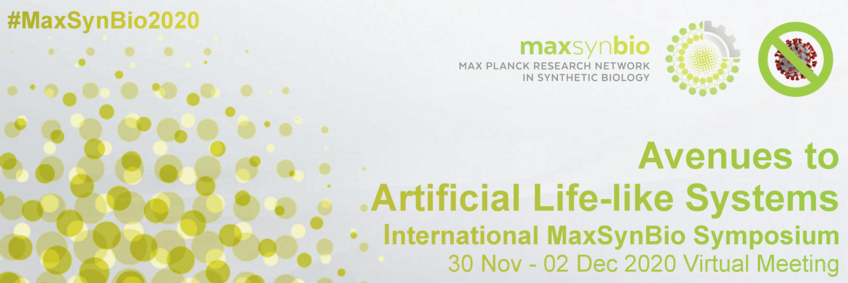
#01 - Chemistry and Catalysis join forces in prebiotic RNA ligation
Saurja DasGupta (Harvard Medical School, Boston)
Monday, 30 Nov 21:15 - 22:00 CET
Access to the BigBlueButton rooom for this Mini Talk via the lists for Monday and Tuesday.
Please make yourself familiar with BigBlueButton before you join the Mini Talk - read the instructions.
Contribution
Title: Chemistry and Catalysis join forces in prebiotic RNA ligation
Author(s): Saurja DasGuptaa
Affiliations: aMassachusetts General Hospital/Harvard Medical School/HHMI, Boston
Abstract: The ability of RNA to function as the carrier of heritable information as well as enzymes (ribozymes) have made it central to the emergence of life on earth. Modern biology uses protein polymerases to assemble RNA building blocks that are activated by triphosphate groups (NTPs); however, these building blocks are not sufficiently reactive for non-enzymatic RNA assembly. Non-enzymatic polymerization/ligation of monomers/oligomers activated by intrinsically reactive moieties like prebiotically-relevant 2-aminoimidazoles (2AI) can generate short RNA sequences, but these processes are inefficient [1]. The appearance of ribozymes that catalyze RNA assembly was therefore a vital transition in the chemical evolution of life. Ribozymes that use triphosphate-activated monomers or oligomers as substrates for RNA assembly have been identified through in vitro selection/evolution experiments [2, 3]. The evolutionary connection between chemical assembly of reactive, prebiotic building blocks and the enzymatic assembly of building blocks activated with triphosphates would be provided by ribozymes that catalyze RNA assembly using prebiotic 2AI-activated substrates. We used in vitro selection to identify ligase ribozymes that utilize 2AI-activated RNA as substrates [4] . Ligation was found to be dependent on a specific sequence at the 3' end of the substrate, which made ligation of shorter substrates inefficient. We rebooted selection to identify sequences that catalyze the ligation of RNA oligomers that lack the specific 3' sequence. After 10 rounds, we have identified RNA pools that join RNA pieces as short as 4 nt. These sequences will provide starting points for in vitro evolution to select polymerase ribozymes that use 2AI-activated monomers as substrates. We have also identified ligase ribozymes that function at sub-millimolar concentrations of Mg2+. The low Mg2+ requirement enabled us to constitute RNA-catalyzed RNA ligation inside prebiotic compartments made of fatty acids, as these vesicles are unstable at higher concentrations of Mg2+ [5]. This has brought us one step closer to assembling a self-replicating chemical system, capable of exhibiting Darwinian evolution.